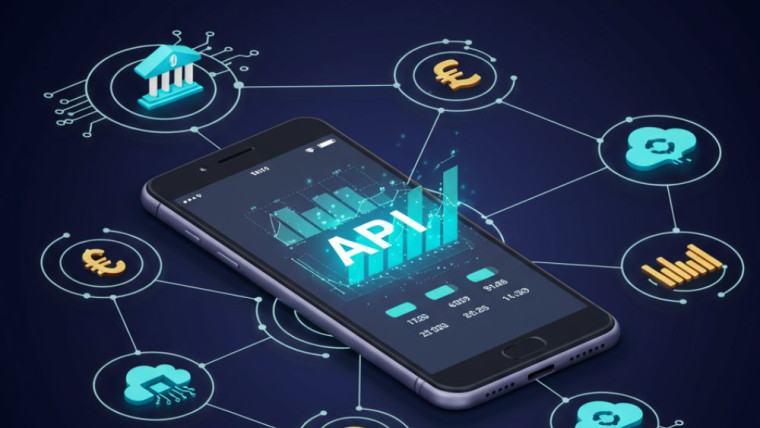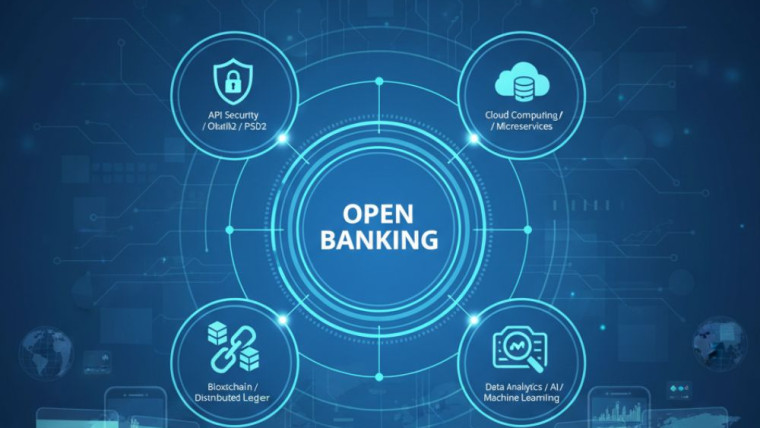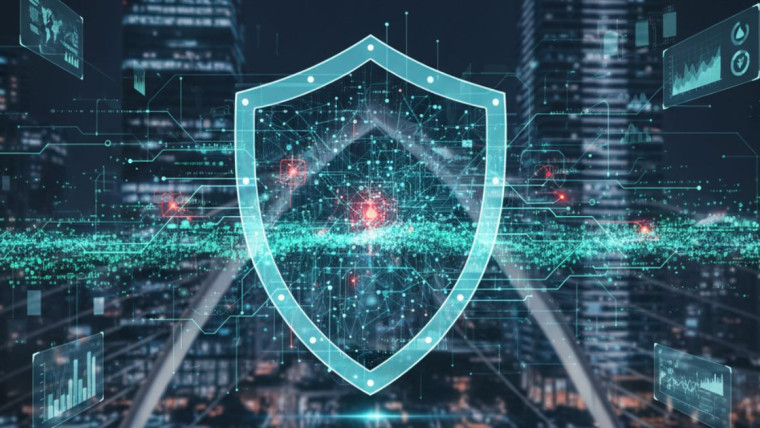Have you seen someone pay for coffee by tapping her phone? That is how a digital wallet works. These apps are transforming the way we shop every day.
A digital wallet is a virtual counterpart to your real-life wallet. Cash and cards, in other words, are replaced by storing your payment information on your phone or computer. You can then use this app to shop online or in stores.
Stay with us, we’ll cover everything you need to know about digital wallets. You will find out how they work, why they are safe, and which ones should be used.
What Are Digital Wallets?
A digital wallet is an app that stores your payment information. And your credit card numbers, bank account information and even membership numbers for stores are all stored in one place. Digital Wallet also known as an e-wallet or mobile wallet.
Consider it a safe for all your payment methods. When you want to buy something, the app sends all of your payment information to the store. Carrying physical cards, not so much.
The most popular digital wallets are Google Pay, Apple Pay, Samsung Pay, and PayPal. Each operates slightly differently, but all do the same thing at their core.
How Do Digital Wallets Work?
Digital wallets are easy to establish. You download the app onto your phone first. Then, you enter your credit or debit card information. The app photographs your card or you may manually type the numbers.
Your bank then verifies that the card belongs to you. They will probably text you a code to verify. You card is now ready for use in the app as soon as confirmed.
It’s fast when you buy something. You choose the s-s wallet at an e-wallet store when purchasing on the Internet. When making in-store purchases, you tap your phone near the card reader. Instant the payment goes through in seconds.
The store never knows your actual card numbers. Instead, for every purchase, the e-wallet generates a special code. This code is one time use, and it’s quite safe.
Types of Digital Wallets

Mobile Wallets
Your mobile wallet lives on your smartphone. The former functions on iPhones, and the latter on Android phones. And Samsung Pay is for Samsung devices.
These wallets leverage the security features that are built into your phone. To achieve that, it could use your fingerprint, facial scan or PIN to approve payments.
Online Wallets
With online wallets, the platform you use to buy Bitcoin is online, through a website or an app. PayPal is the best-known case. You can use these wallets on any device that connects to the Internet.
These are also fantastic for shopping online. You log into your account and pay without having to enter your card information each time.
Hardware Wallets
Hardware wallets are physical vessels that carry your digital money, such as Bitcoin. They resemble small USB drives. These are primarily for currency, not the essentials of daily life.
Advantages Of Using Digital Wallets
Speed and Convenience
A digital wallet is quicker than paying with cash or a card. No needing to count cash or wait for card processing. Just tap your phone and go.
Enhanced Security
Account number wallets are safer than carrying actual cards. They encrypt to safeguard your information. And even if your phone is stolen, your wallet remains out of the enemy’s reach without your fingerprint or PIN.
Better Organization
You keep all of your payment methods in one place. You can also keep loyalty cards, coupons and tickets. Gone are the days of searching your wallet for the right card.
Transaction Tracking
Services like digital wallets store all your purchasing history. It’s easy to see where you spent and how much. This makes it easier to budget and keep track of expenses.
Security That’s Simply Safe: 3 Security Features
We update our Text Generator with the latest security features, so remember to check back after 3 months.
Digital wallets employ multiple layers of security to safeguard your money and information.
Tokenization
When you make a purchase, your actual card number remains concealed. Instead, the wallet generates a temporary token. This token is not usable on any other transaction. Even if any hackers intercept it, they won’t be able to use the same again.
Biometric Authentication
Most allow you to approve payments with your fingerprint, a scan of your face or, in some cases, with your voice. So only you can use your wallet, even if someone else has your phone.
Encryption
Everything you’re paying for here is massively scrambled using state-of-the-art encryption. This prevents criminals from being able to steal and read your data.
Remote Wipe
Should you lose your phone, wallet information can all be remotely deleted. This way, nobody can use your payment methods.
How to Pick the Perfect Digital Wallet
Consider Your Phone Type
Since iPhone users have Apple Pay at their disposal, and Android users can use Google Pay, you’ll want to adjust that term accordingly. Oftentimes the easiest experience will come by way of your phone’s built-in wallet.
Check Store Acceptance
Ensure the stores you frequent accept the wallet you select. Most large retailers now accept the well-known wallets, but small businesses may not.
Look at Rewards Programs
Cash back or points are returned on some digital wallets. Compare those rewards to see which is the better deal based on your spending.
Evaluate Security Features
All leading mobile wallets are secure, but they may have some additional features offered. Seek out features such as transaction alerts and spending limits.
Popular Worries With Digital Wallets
“But what if my phone goes dead?”
Have a back-up payment option with you at all times. Many mobile wallets function on smartwatches as well, and can be used as a backup.
“But what if the tech fails?”
No other payment service is as secure as digital wallets. But, stores generally do accept the usual plastic as a backup form of payment.
“Are they actually safer than cards?”
Yes, digital wallets are generally safer to use than physical credit or debit cards. The tokenization and biometric features offer extra security that traditional cards are not able to provide.
Learn How to Start a Digital Wallet With Your First Currency
Want to go ahead and experiment with a mobile wallet? Here’s how to begin safely.
Begin by picking a wallet that’s compatible with your phone. Use your app store to download the official app. Do not ever install wallet apps from a source that you don’t know.
For now, just add a single card to an experiment to see how it all works. Take a small purchase to see how the process feels.
Enable as many security measures you can. Use fingerprint or face recognition, and activate transaction notifications.
Don’t keep your phone’s operating system out of date. These updates frequently contain critical security fixes for your digital wallet.
Your Next Step In Digital Payments
Now walking with only your cellphone is the future of payment. They are faster, safer and easier than traditional products too. They’re only going to become more useful as more stores accept them.
Begin with one wallet, one card. Familiarize yourself with the technology before expanding your payment options. You’ll wonder what you did before without this handy tool soon.
Digital payment is a huge and growing universe. Master using e-wallet today, and you’ll be prepared for whatever payment technologies come next.








How Open Banking APIs Are Revolutionizing Digital Finance?
What Is FinTech? A Beginner’s Guide to the Finteching 2025
What Is a Fintech App? Everything You Need to Know
Why Digital Financial Services Are Transforming the Future of Finance
Digital Twin Technology in Finance: How Virtual Models Are Transforming Risk Management
The Future of Personal Finance: Autonomous Finance and AI Money Management
AI Credit Scoring: Revolutionizing SME Banking and Digital Loans
AI Fraud Detection: How Banks Prevent Financial Crime in Real Time